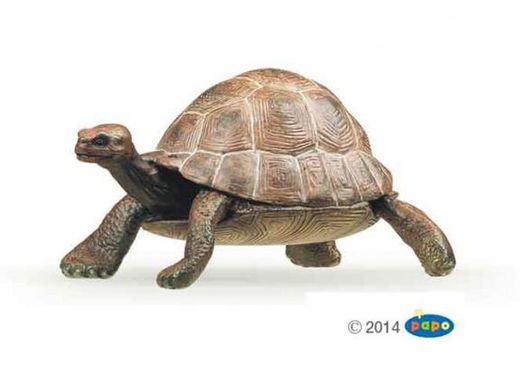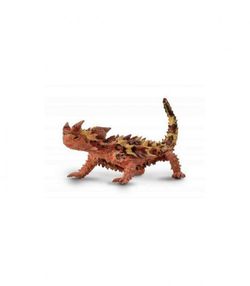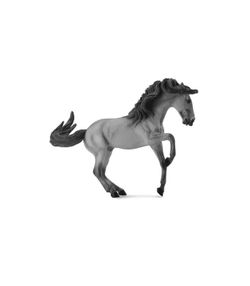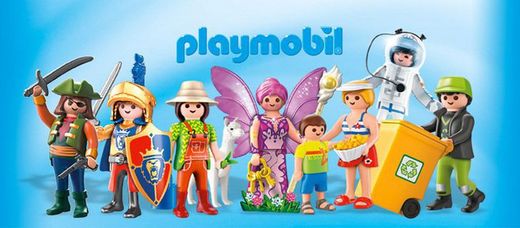Turtle Figure - Papo
Brand: Papo
Reference: 50013
Description
Turtle Figure - Papo TURTLE FIGURE (PAPO) Turtles or chelonians (Testudines) form an order of reptiles (Sauropsida) characterized by having a wide and short trunk, and a shell that protects the internal organs of their body. They are the oldest group of reptiles that exists since they survive from the Triassic to the present day. Harriet (c. November 15, 1830 - June 25, 2006) was a famous female Galapagos tortoise (Geochelone nigra porteri) estimated to have reached an age of 176 years at the time of her death. She is the third longest-living turtle in the world on record, behind Tu'i Malila, who died in 1965 at 188 years old, and Adwaita, who supposedly died in 2006 at 250 years old (her age is not yet confirmed ). Plastic figure taking care of realism and finish. All production complies with European quality and safety controls that guarantee that the materials and paints used are free of lead and toxins. For all ages. Más información sobre este texto de origenPara obtener más información sobre la traducción, se necesita el texto de origen
Details
Turtle Figure - Papo
TURTLE FIGURE (PAPO) Turtles or chelonians (Testudines) form an order of reptiles (Sauropsida) characterized by having a wide and short trunk, and a shell that protects the internal organs of their body. They are the oldest group of reptiles that exists since they survive from the Triassic to the present day. Harriet (c. November 15, 1830 - June 25, 2006) was a famous female Galapagos tortoise (Geochelone nigra porteri) estimated to have reached an age of 176 years at the time of her death. She is the third longest-living turtle in the world on record, behind Tu'i Malila, who died in 1965 at 188 years old, and Adwaita, who supposedly died in 2006 at 250 years old (her age is not yet confirmed ).
Plastic figure taking care of realism and finish.
All production complies with European quality and safety controls that guarantee that the materials and paints used are free of lead and toxins.
For all ages.
Más información sobre este texto de origenPara obtener más información sobre la traducción, se necesita el texto de origen



































